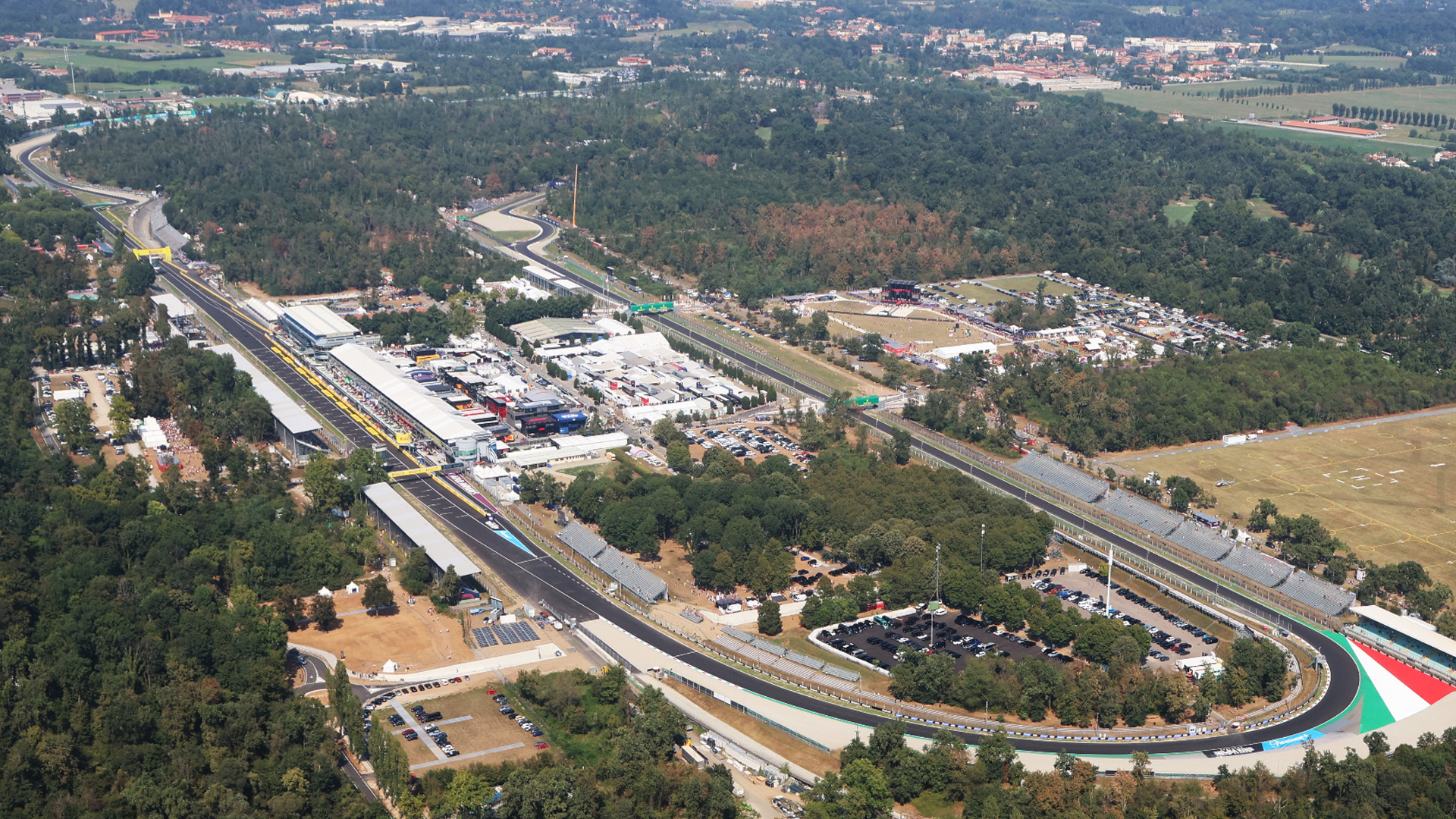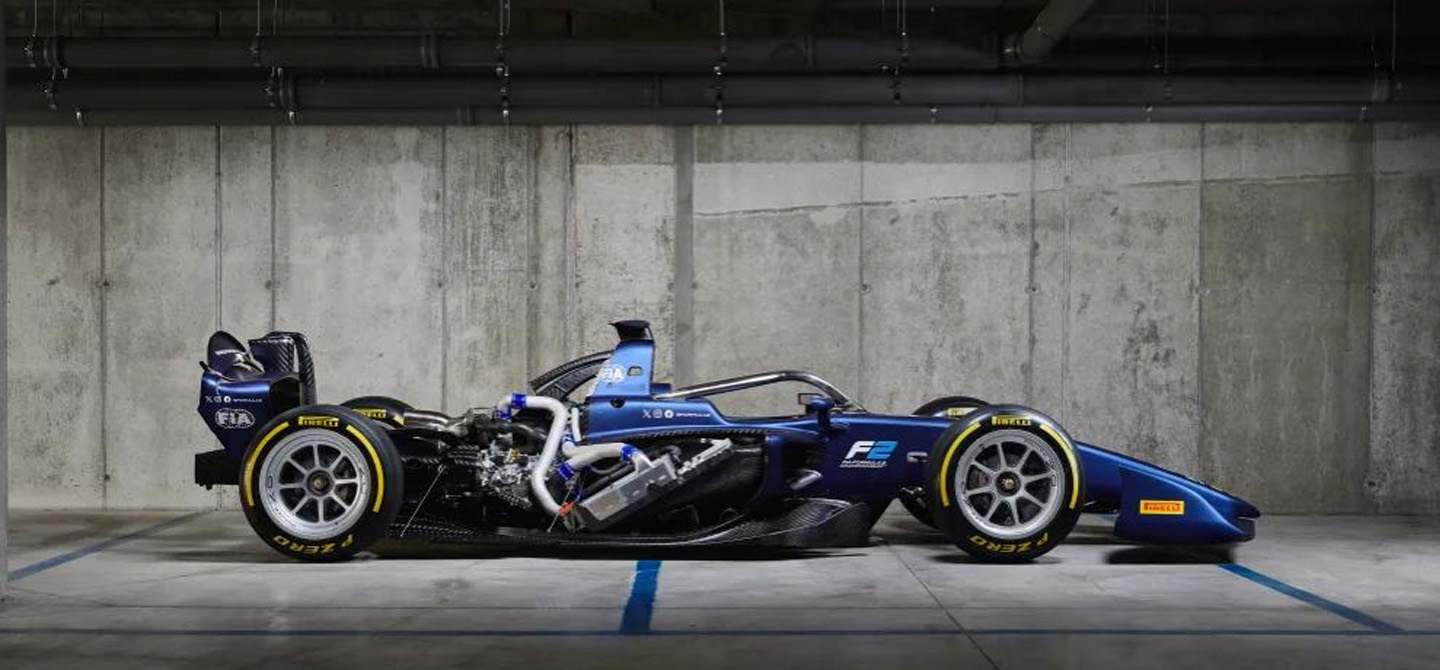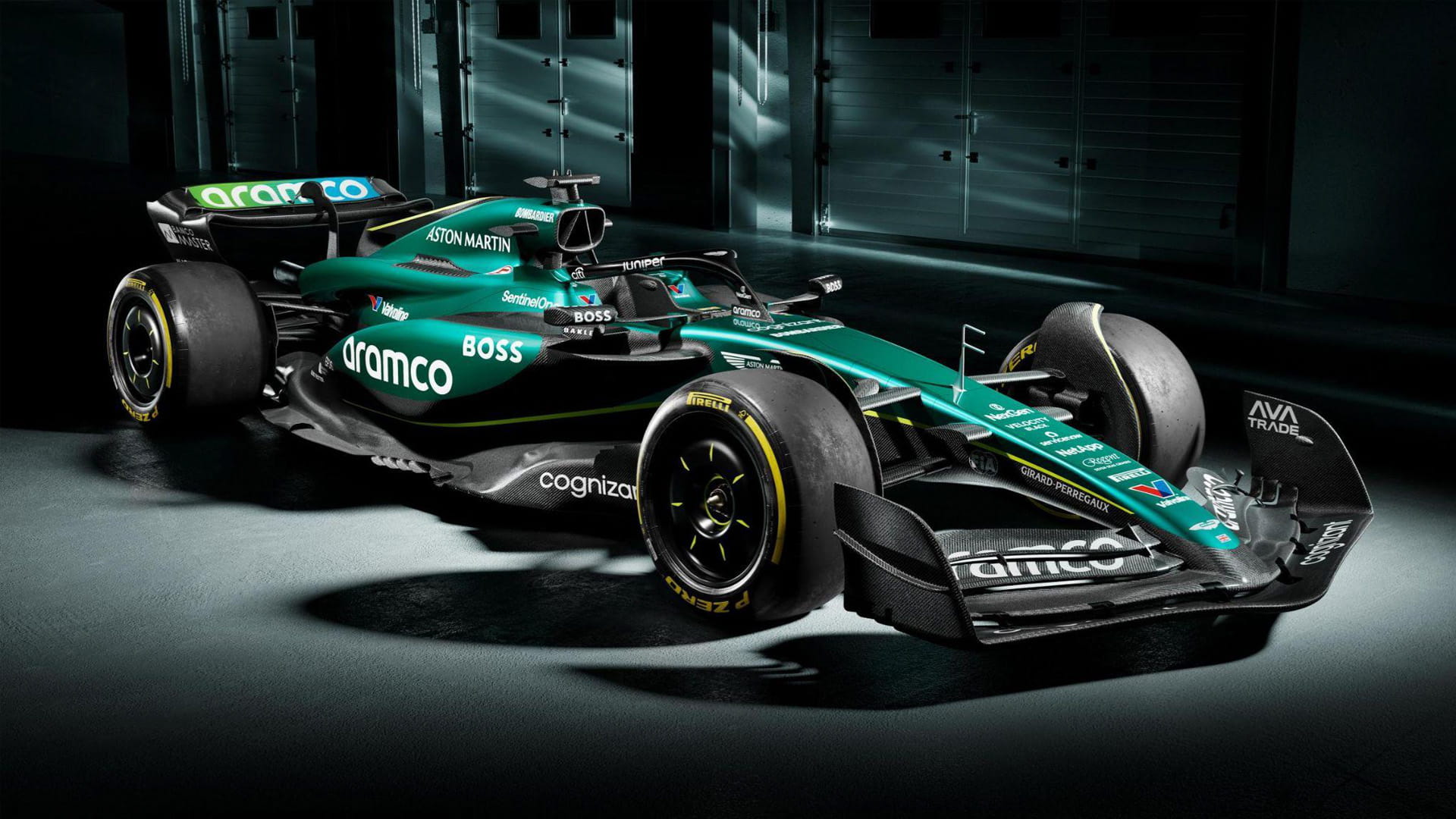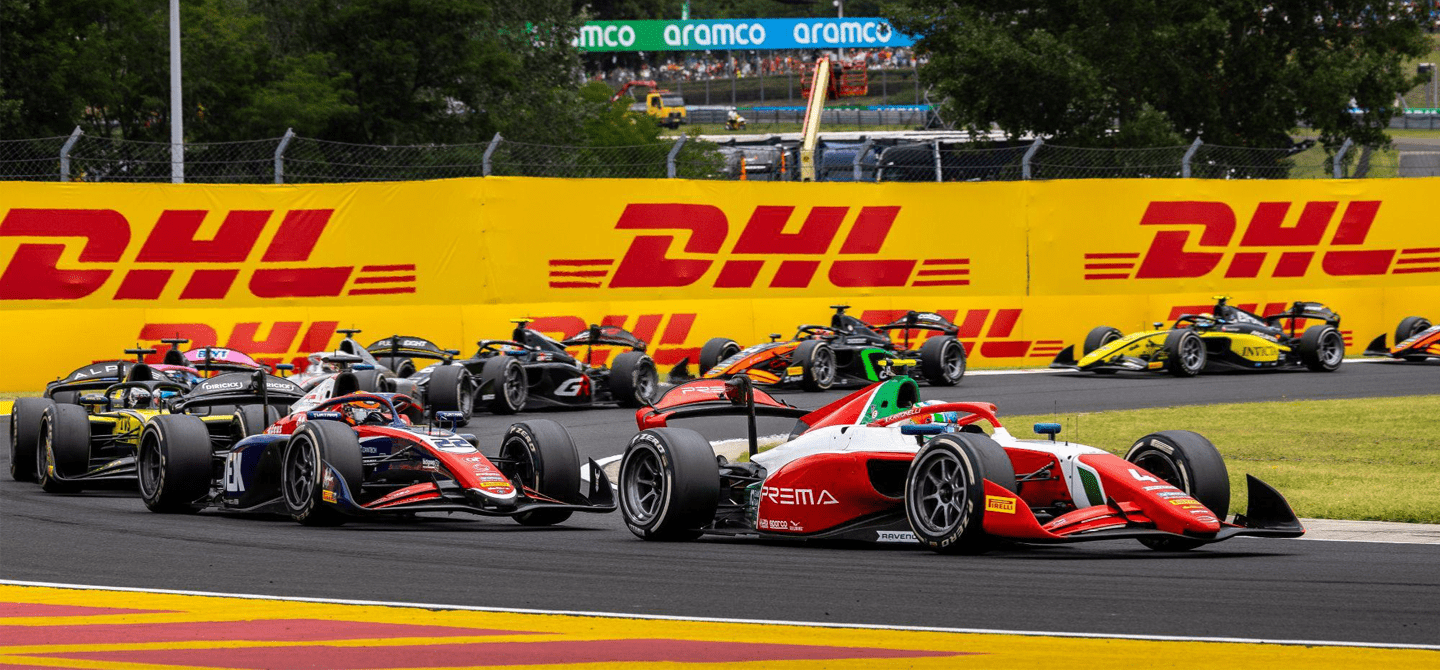Event
Formula 2 2024 season: Putting the focus on F2’s Mecachrome engines in Italy
by Samarth Kanal
5min read

The 2024 Italian Formula 2 round was characterised by changes to Monza and the first race with the low-downforce F2 package - while this high-speed track put the onus on the Mecachrome V6 engines.

Car, Future, Motor
Formula 3: Everything you need to know about the next generation F3 car

Invicta Racing driver Gabriele Bortoleto celebrates his feature race win at Monza, which moved him 10.5 points behind leader Isack Hadjar

The new surface at Monza appeared darker than before, with flatter kerbs and more gravel on the runoff areas at the first and second chicanes
How the new Monza surface affected the F2 weekend
Low-downforce F2 wing makes its debut

Hitech’s Paul Aron with the low-downforce rear wing on his car - characterised by the ‘peak’ at the middle and a much smaller plane

The current Mecachrome turbocharged V6 engine produces up to 620 horsepower. Image courtesy of FIA
How are F2 engines allocated - and how is reliability ensured?

F2 and F3 will meet the FIA’s 100% sustainable fuel standard from 2025 onwards

F2 cars cover more than 4,060 kilometres per season if they finish every race - and F2 engines are designed to cover more than double that mileage
“We had some difficulties integrating our engine into the new [F2] car, but we succeeded. We did a very good job with the chassis, and we have a good partnership with Dallara,” says Cornille.
Of course, Mecachrome has to support its current engines while ensuring the new F3 engine can be packaged within the new car - while also meeting the FIA’s 100% sustainable fuel standard.
With Azerbaijan, Qatar, and Abu Dhabi concluding the 2024 F2 season, for now Mecachrome must ensure its engines can withstand the high-speed challenges to come.




.jpg?cx=0.5&cy=0.5)